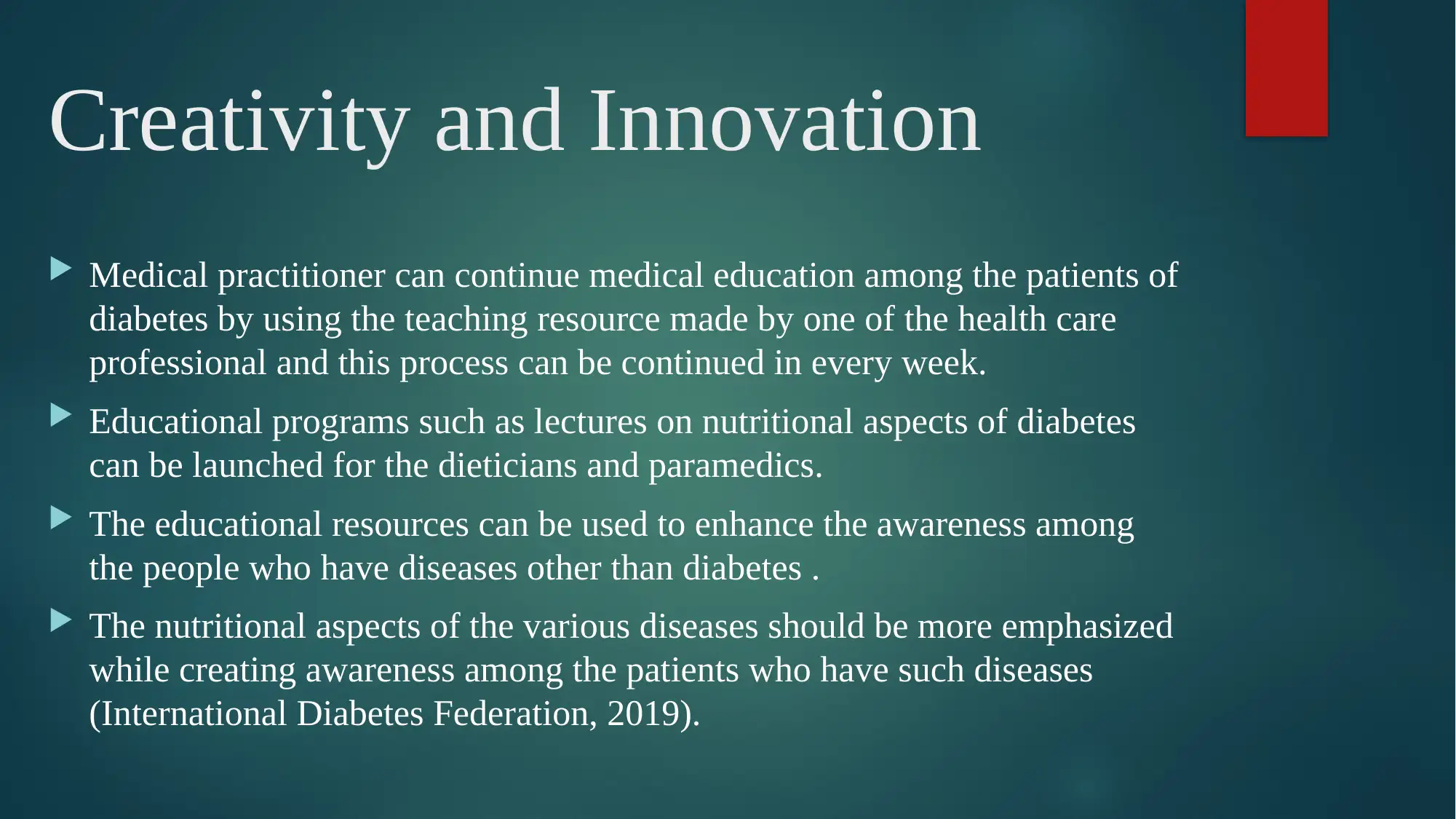University Report: Diabetes, Patient Assessment, and Nutrition
VerifiedAdded on 2023/04/22
|7
|556
|163
Report
AI Summary
This report focuses on the assessment of diabetes patients, emphasizing the importance of nutritional factors and health promotion. The assessment process includes gathering patient history, assessing family history, and evaluating blood and cardiovascular systems. Urinalysis is also crucial, along with checking for complications like cataract formation and glaucoma. The report highlights learning objectives that connect physical examinations with disease prevention and health promotion, and suggests creating teaching resources for healthcare professionals. It also mentions the need for medical education for patients, and launching educational programs for dieticians and paramedics. Students are encouraged to interact with the teacher, and the use of analytical questions is recommended to enhance learning. References include the International Diabetes Federation and an article from Medscape discussing clinical presentations of Type 2 Diabetes Mellitus.
1 out of 7













![[object Object]](/_next/static/media/star-bottom.7253800d.svg)